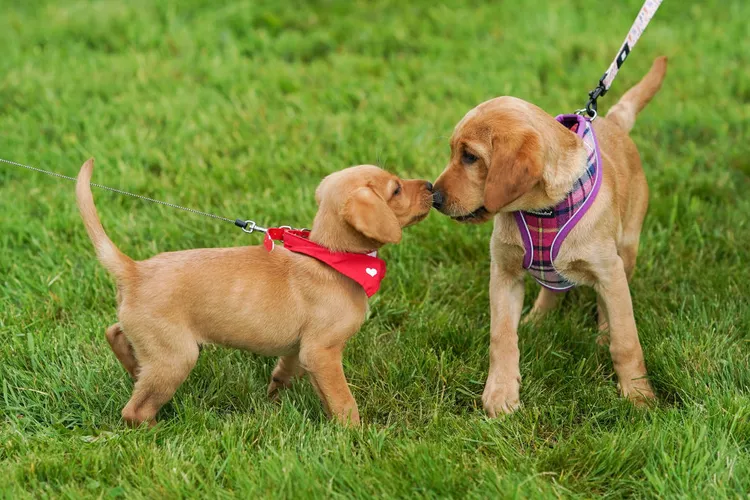
Littermate syndrome is a term sometimes used to describe sibling rivalry or extreme attachment between dogs. There's a longstanding theory that when sibling dogs are raised together, problems can develop. The two dogs may begin to fight with one another, or they may become overly bonded to the point that they become anxious when separated.
There's some dispute over this so-called syndrome because there's a lack of scientific evidence to support it. While anecdotal reports suggest that littermate syndrome does occur, the fact is that conflict and attachment issues can develop in any canine relationship, even among unrelated dogs. Furthermore, when sibling relationships struggle, it often has more to do with inadequate socialization and training than familial relations.
Littermate syndrome is an unscientific term that describes unwanted behaviors among sibling dogs, including aggression and intense attachment. The phrase is often used to describe behavioral issues that occur when two or more dogs from the same litter are raised together and adopted into the same home. One or both of the following concerns may arise:
Despite the lack of scientific evidence on the subject, many dog enthusiasts believe that littermates should not be adopted and raised together. However, even anecdotal evidence implies that littermate syndrome is uncommon. And relationship struggles can certainly develop among dogs who are not littermates.
Rather than labeling these behaviors as "littermate syndrome," some canine behavior experts prefer to examine each individual behavior and seek specific solutions. Establishing and maintaining a harmonious home is really about proper training and socialization, regardless of the dogs' bloodlines.
Canine behaviors labeled as "littermate syndrome" are said to be the potential result of raising two or more puppies together.
One idea behind littermate aggression is that some dogs struggle while establishing relationship dynamics, especially as they reach adolescence and social maturity. This may lead to conflict between dogs. However, there are a number of reasons for fighting among dogs, most of which are unrelated to age or familial relation.
The most likely reason why some puppies develop hyper-attachment comes down to how the pups were raised. Puppies are typically not as open to new experiences after the socialization period ends (around 12 weeks of age). If two puppies spend all of their time together through the socialization window, they may have trouble adjusting to situations alone. If all or most of their learning experiences occur together, they learn to rely on one another and potentially less on humans.
Plus, a closely bonded pair of puppies may miss out on crucial interactions that help them pick up on human cues and form bonds with people. And if puppies are trained and socialized together without regard for their individual personalities and learning capabilities, they may learn to only work as a unit.
The behaviors sometimes labeled as littermate syndrome are relatively uncommon.
Sometimes, dogs will challenge one another for access to resources, such as food, toys, and beds. This is called resource guarding, and it can easily lead to fighting among dogs. Dogs may also redirect aggression to a housemate (for example, seeing a strange dog near the property may cause one dog to lash out at another).
Closely bonded dogs may panic if they are separated (even by a few feet). They may be more fearful of new people, objects, and situations when apart.
It's possible for dogs to exhibit aggression at some times and separation anxiety at others. For example, two dogs may be known to fight over treats, but may still become anxious if they are separated from one another.
If your dogs are exhibiting concerning behaviors that sound like littermate syndrome, there may be ways you can help them. Some sources suggest that rehoming one of the dogs is the only solution, but this is not always the case. Start by observing your dogs and recording the details and circumstances of the undesired behaviors. This may help you figure out if there are specific triggers or patterns to the behaviors.
Before attempting to address behavioral concerns, it's essential to visit the veterinarian to make sure there are no physical issues contributing to the behaviors. Your vet can also discuss behavioral concerns and can refer you to another pet professional for help.
Seek assistance from a certified dog trainer or behaviorist who can assess your dogs and develop a plan to help. A professional may be able to pick up on subtle cues and triggers that indicate conflict or anxiety. In severe cases, a board-certified veterinary behaviorist may be the best option for you and your dogs.
Learn about canine body language and communication so you can more readily identify concerning behaviors before a fight breaks out or panic sets in. Research general puppy care as well as training and socialization techniques that are based on positive reinforcement. This will help you communicate with your puppies and set them up for a happy life.
Spend time training and socializing each dog separately. For hyper-bonded dogs, you may need to gradually increase the distance between them before you can work with each dog individually. If separating the dogs causes severe anxiety or fear, seek professional help rather than attempting to do this on your own.
If you know there are specific triggers that lead to fighting, try to control the environment to avoid conflict. Feed dogs separately and pick up bowls, treats, and toys when the dogs are together. If your dogs have conflicts during walks, be sure to walk them separately.
Unfortunately, sometimes two dogs just don’t get along. This can happen between littermates or unrelated dogs. Just like humans, dogs are unique individuals, so there is no one way to address the issue. It is essential to take steps to deal with the problem as soon as possible and to enlist the help of your veterinarian. The earlier you intervene, the better the chances of a successful outcome.

100+ White Cat Names
White cat names can pay homage to their wintry fur, like Snowflake or Frosty, but can also be playful, such as Marshmallow, or elegant, like Pearl.
117 Funny Cat Names That'll Make you Chuckle
The top funny names for cats play on your kitty's personality, size and shape, or general catitude.
15 Unique Male Cat Names
Instead of commonplace Tiger or Oscar, our list of unique male cat names will hopefully inspire you to pick something different.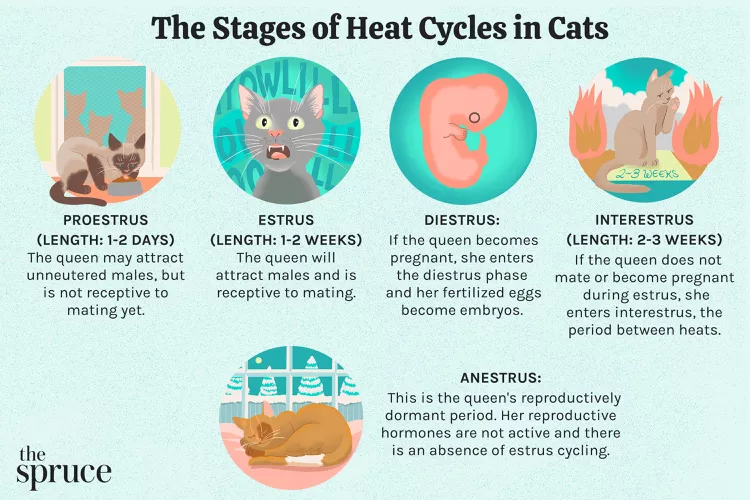
How Long Are Cats in Heat?
How long are cats in heat? Learn about the heat cycles of cats, also called estrus, as well as the reasons you should spay your cat.
Are Christmas Trees Poisonous to Cats and Dogs?
Many people worry about their pets knocking over the Christmas tree, but what happens when they chew on it? Learn if Christmas trees are toxic to pets.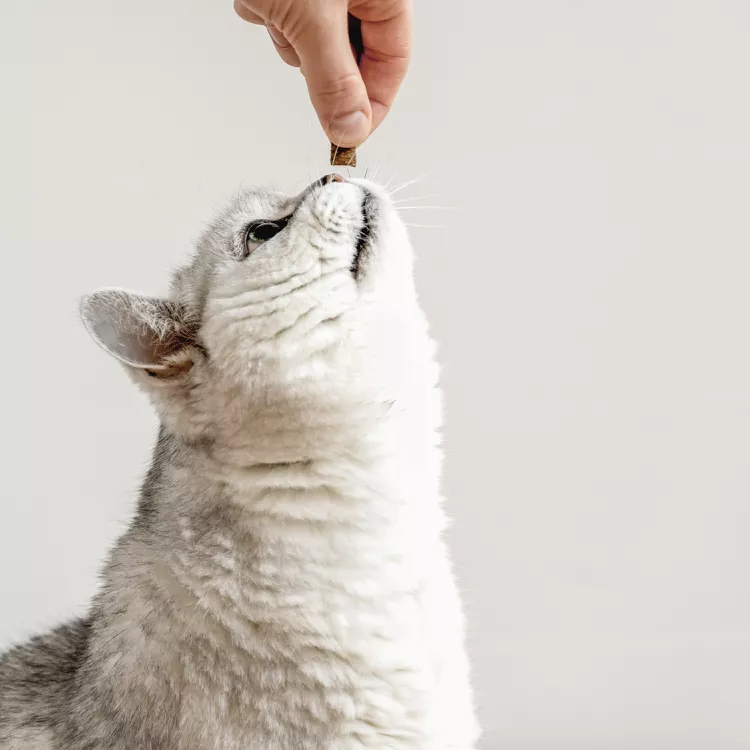
Can Cats Eat Peanut Butter?
Peanut butter is not toxic to cats, but it might not be the best choice of treat for them.
Can Cats Eat Tomatoes?
Tomatoes are a healthy snack for humans but should mostly be avoided for our feline friends.
How to Stop Destructive Chewing in Cats
Cats are known to chew on objects such as shoes, furniture, and cords. Learn how to stop this behavior to keep your cat (and household objects) safe.
Neutering Your Dog Explained
What does it mean to neuter a dog? Learn about neutering or castration in dogs and why it is done. Find out what to expect when your dog is neutered.
Cardigan Welsh Corgi: Dog Breed Characteristics & Care
Learn all about the Cardigan Welsh Corgi, a unique-looking dog breed known for its larger-than-life personality and complete devotion to its family.
Littermate Syndrome in Dogs
Dogs that grew up together as littermates may have conflicts when they live together as adults. Here's everything you need to know about littermate syndrome in dogs.
Why Do Dogs Eat Dirt?
Some dogs eat some strange things. What does it mean if your dog eats dirt and when should you be concerned?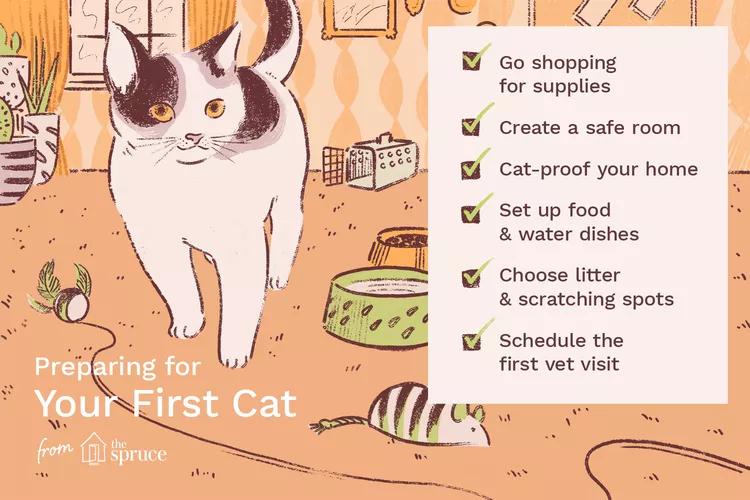
Everything You Need to Know About Raising Your First Cat
Whether you are thinking about getting a cat or just adopted your first one, these are the things to know to make your relationship a lasting one.
8 Ways To Help Your Cat Lose Weight
Cats who are at a healthy weight are happier, more agile, and tend to live longer. Here are 8 tips for managing a cat weight loss programme
Heart Disease in Cats
Like humans, cats can get heart diseases that may lead to serious problems. Learn all about symptoms along with the causes, treatment, and prevention.
Is Coconut Oil Safe for Cats?
Coconut oil is touted as a miracle food. Can coconut oil improve your cat's health? Is coconut oil even safe for cats?
Why Do Cats Stare at Walls?
Cats can have some quirky behaviors, including staring at walls. Why do cats do this and when should you be concerned?
Patellar Luxation in Dogs
If your dog has a knee that seems to pop out of place, it may have a patellar luxation. Find out what this means and what can be done about it.
13 Signs of Cancer in Dogs
The signs of cancer in dogs may include lumps and bumps, lethargy, vomiting, diarrhea, pain, abdominal swelling, and more. Signs may be mild or obvious depending on the type of cancer and its severity. Learn common signs of cancer in dogs so you’ll know when to call the vet.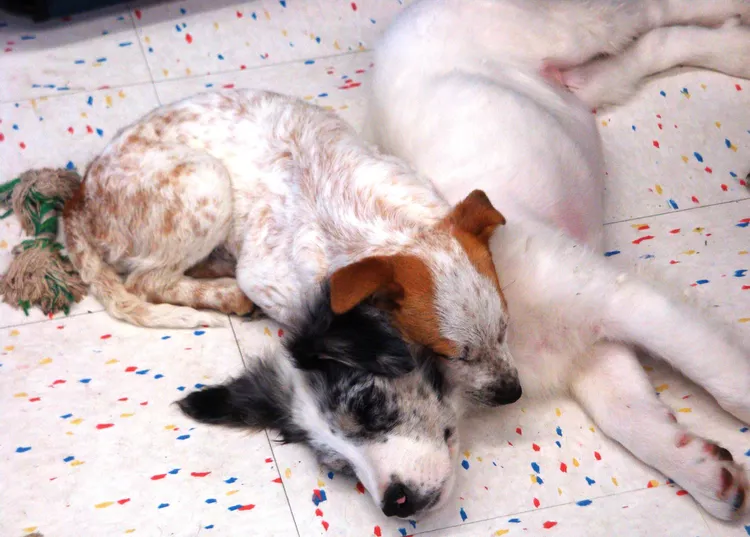
Ear Mites in Puppies and Dogs
Ear mites can be a big discomfort for puppies and dogs. Learn about the causes, treatment, and prevention to keep mites away from your pets.